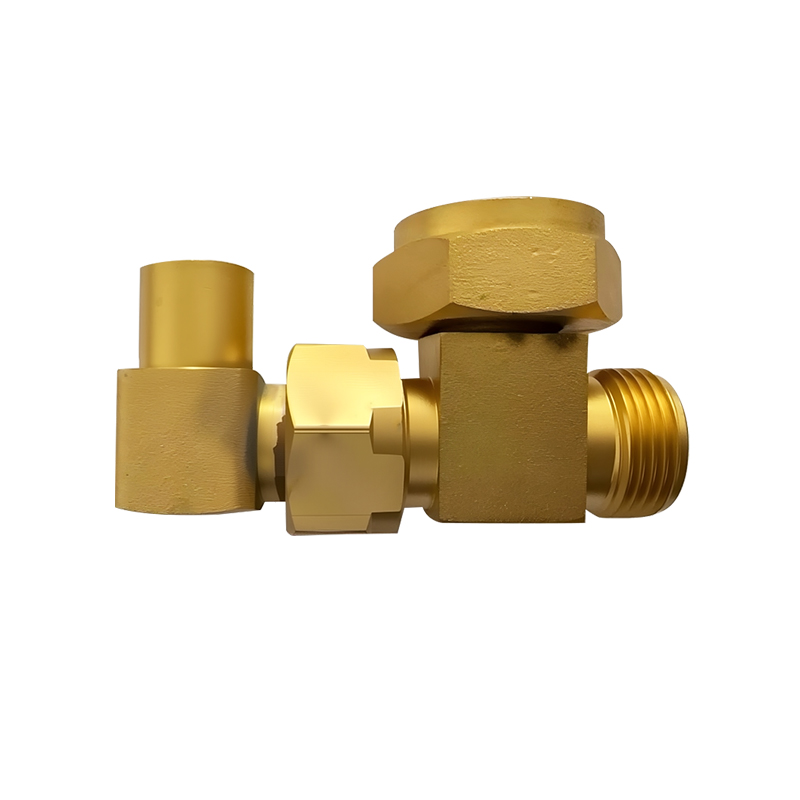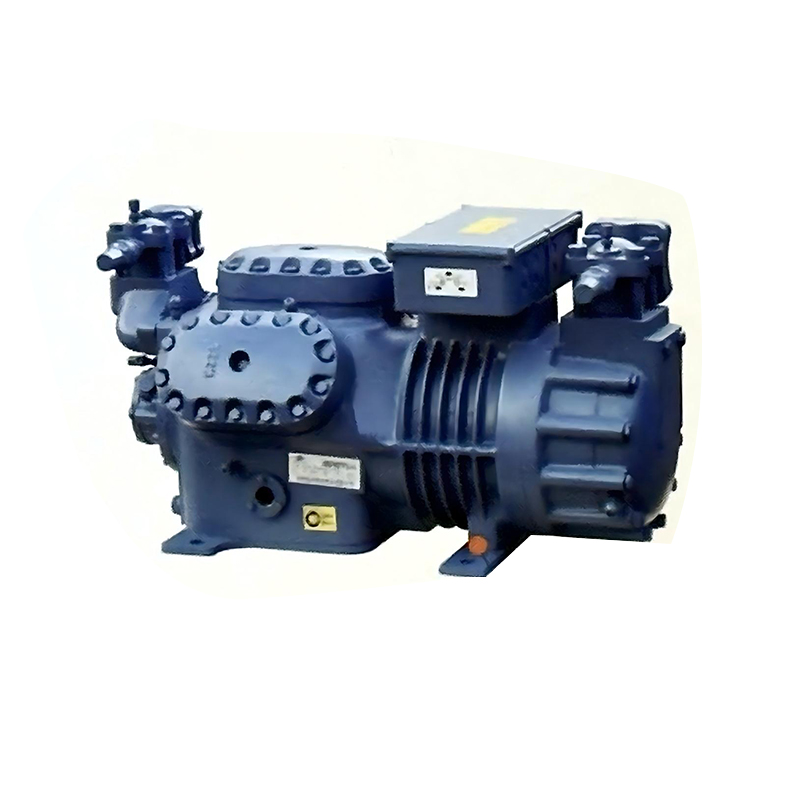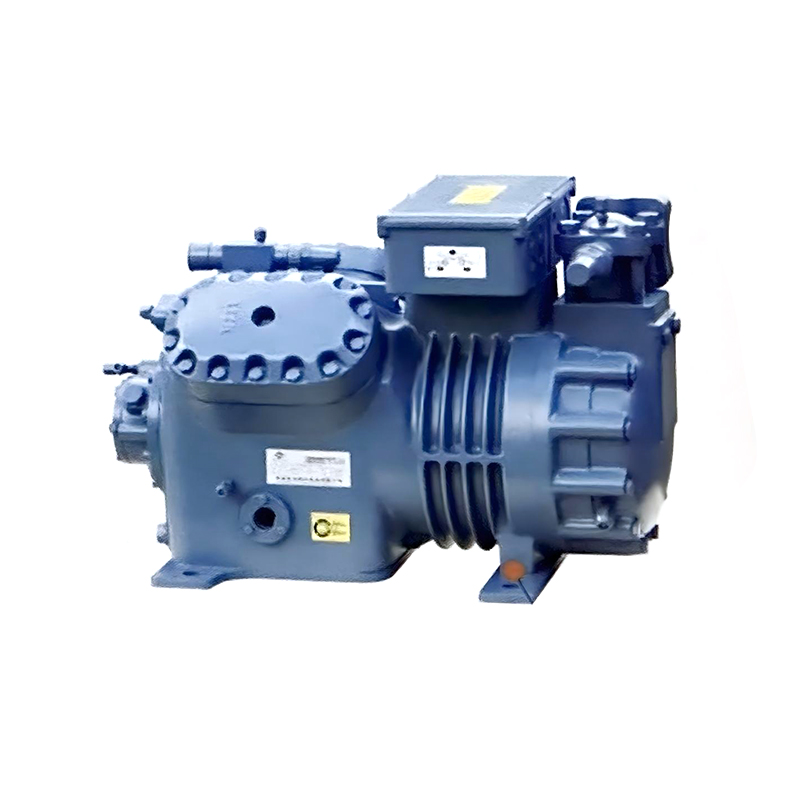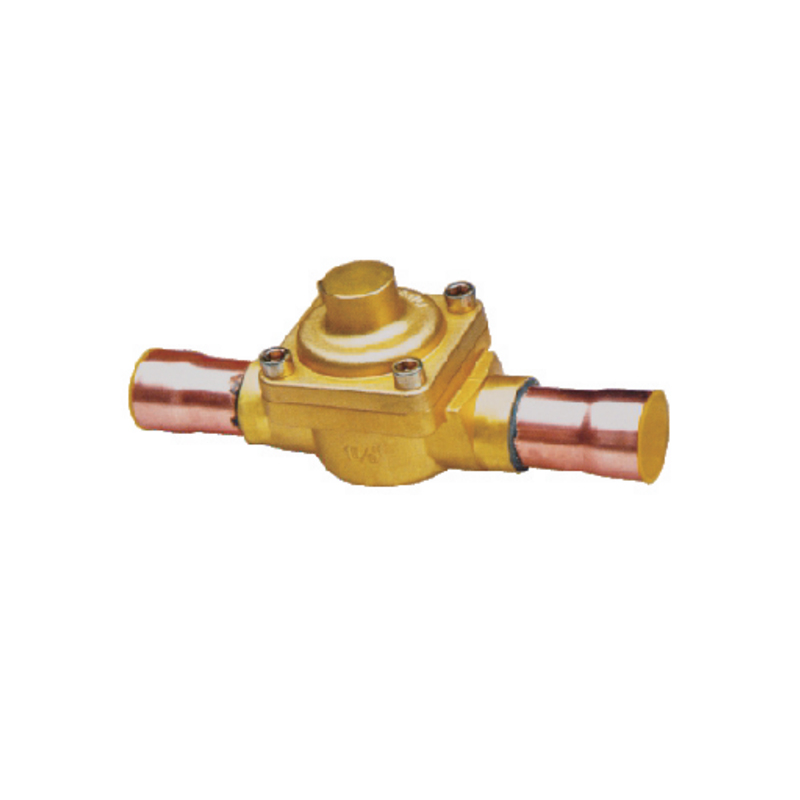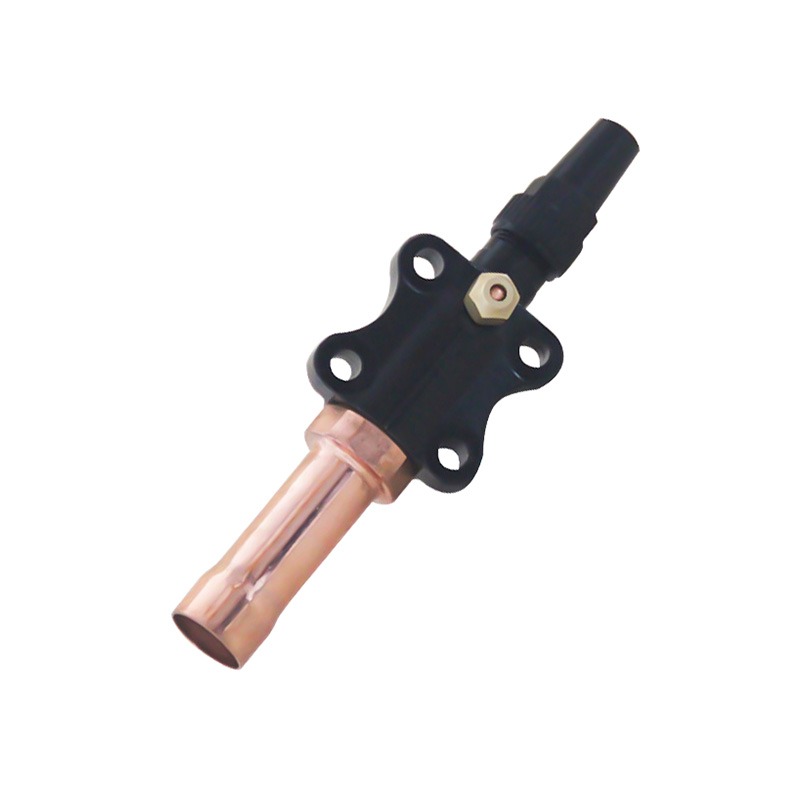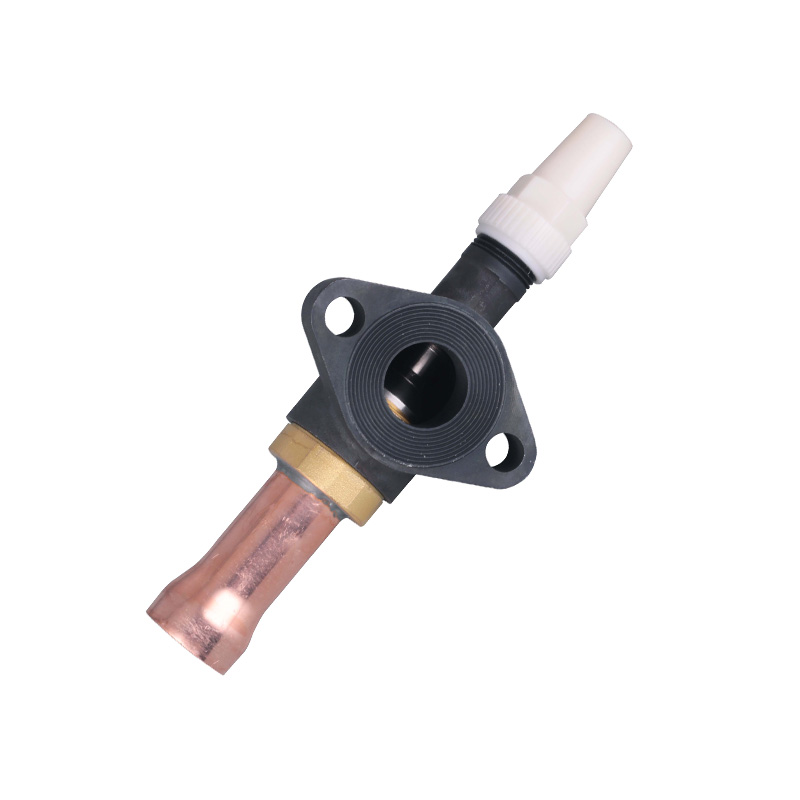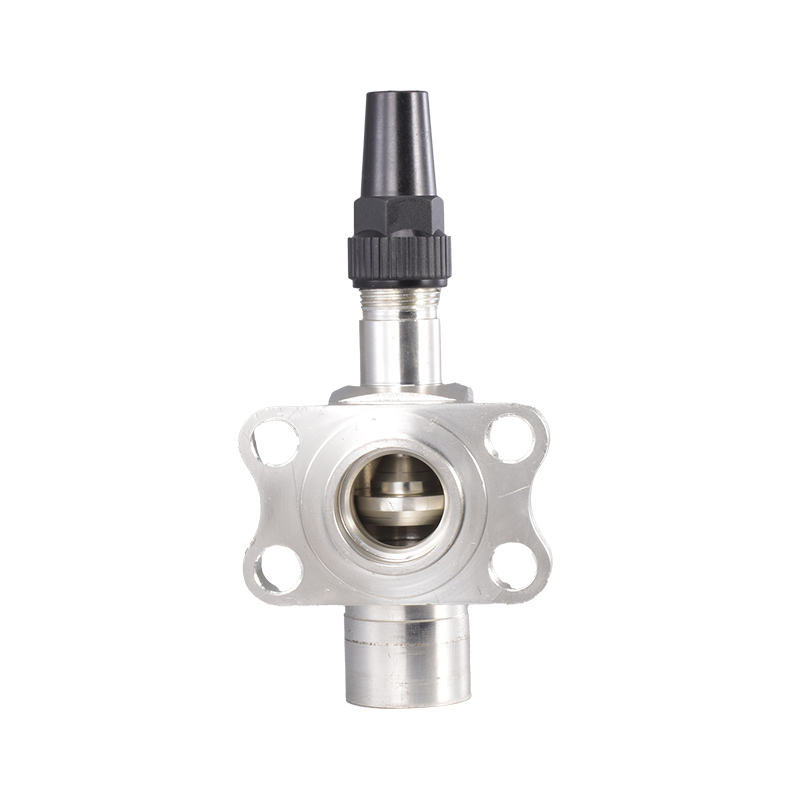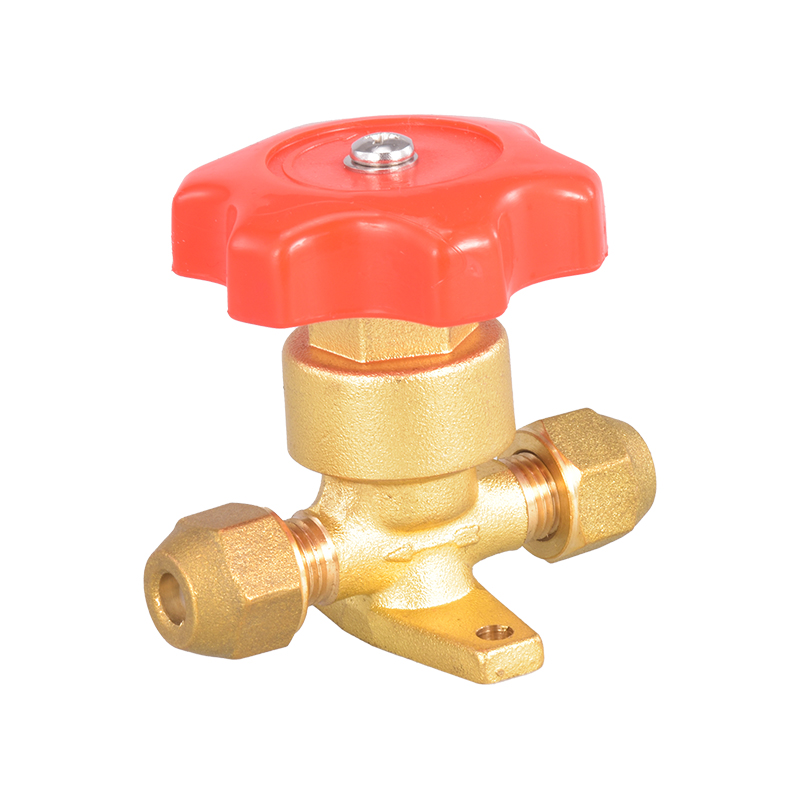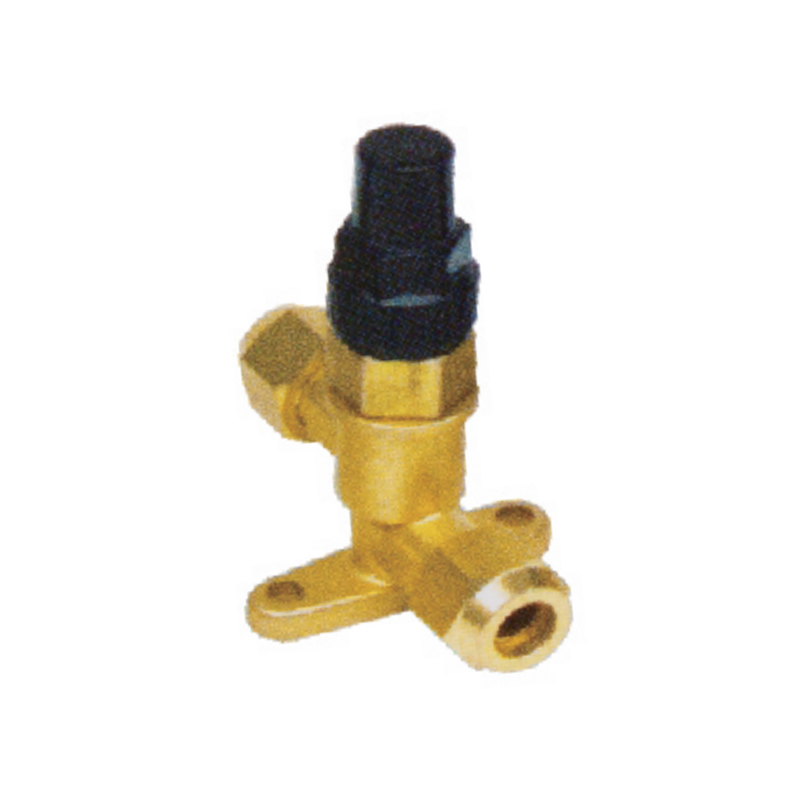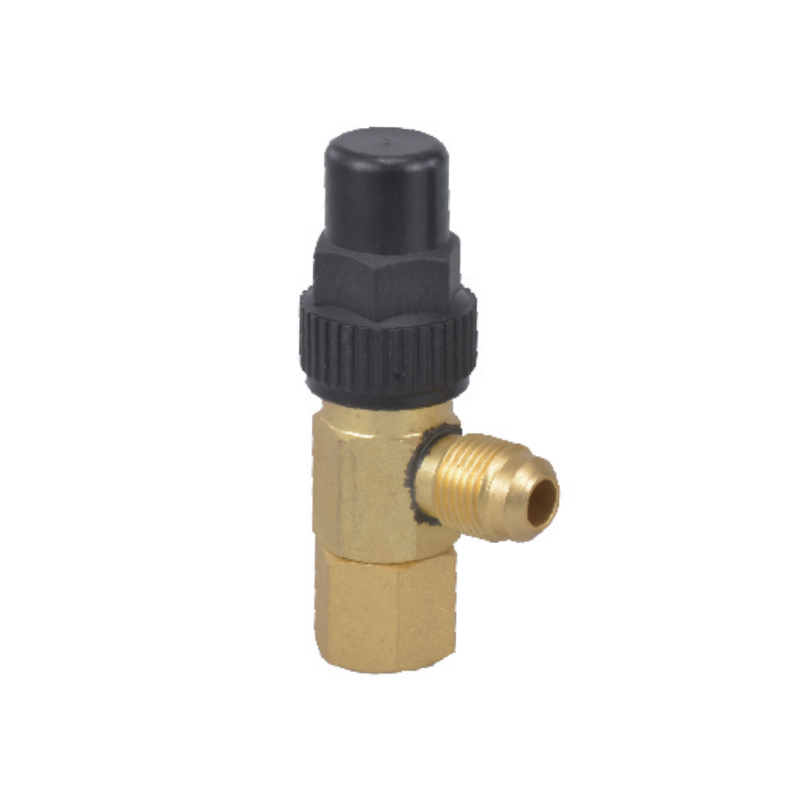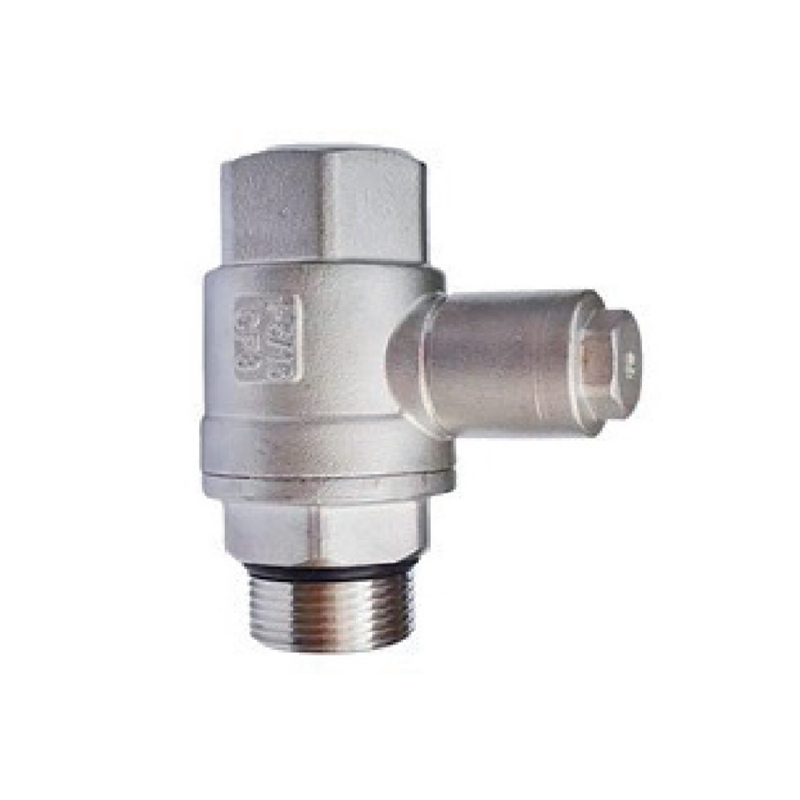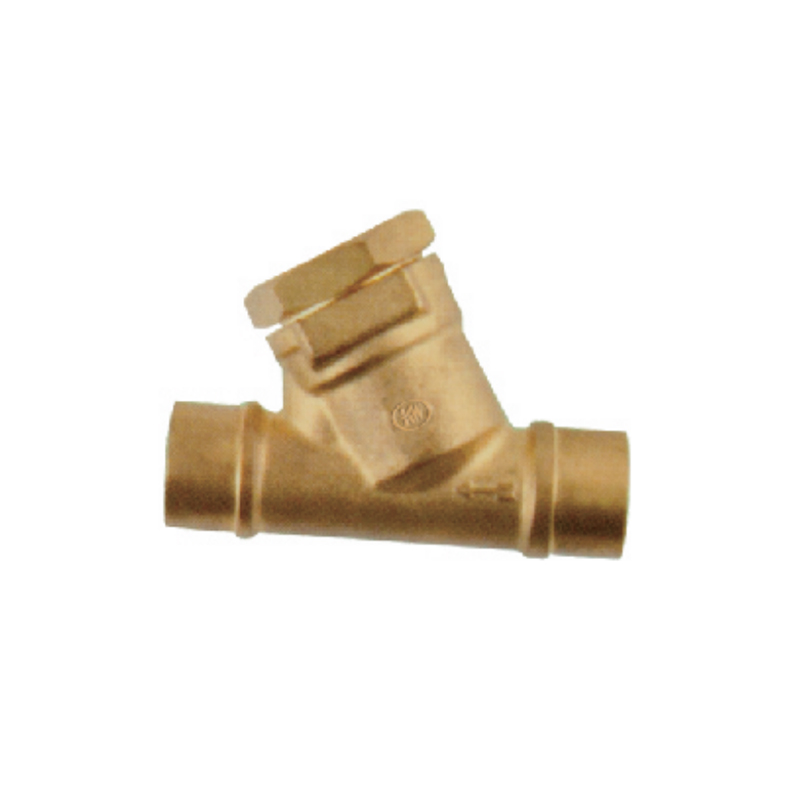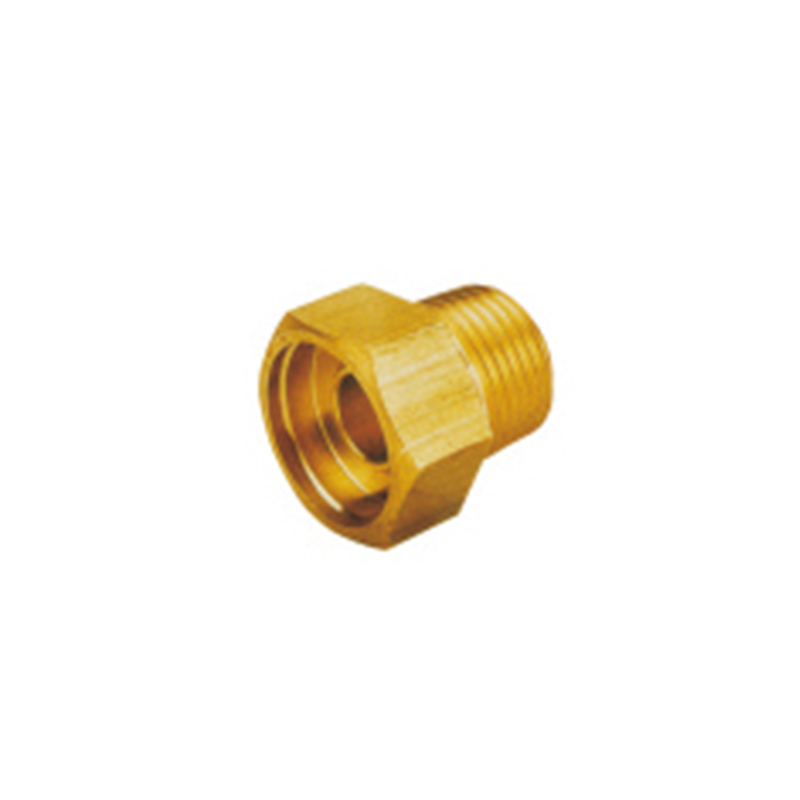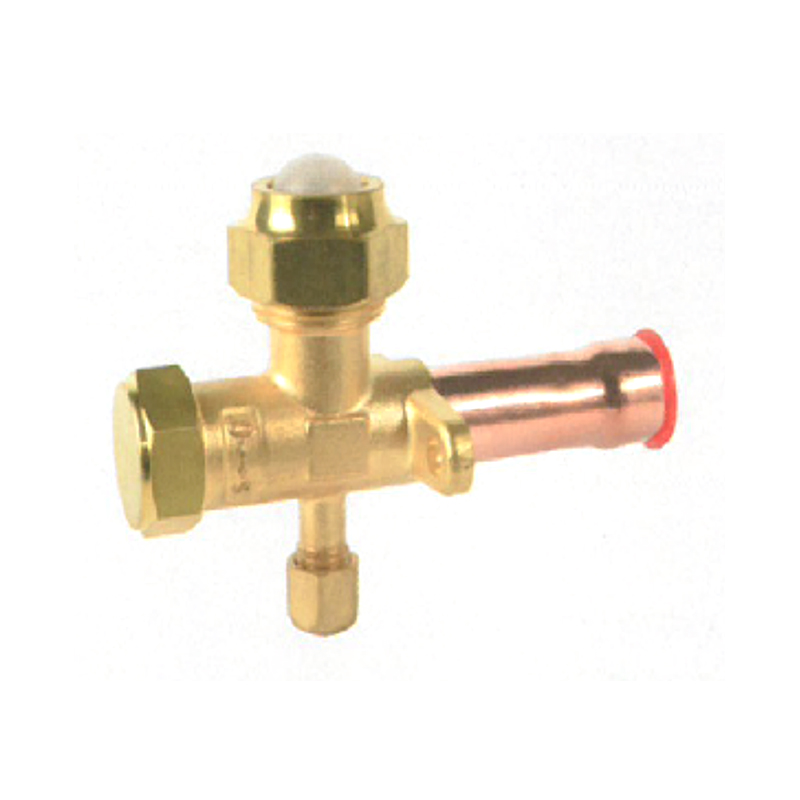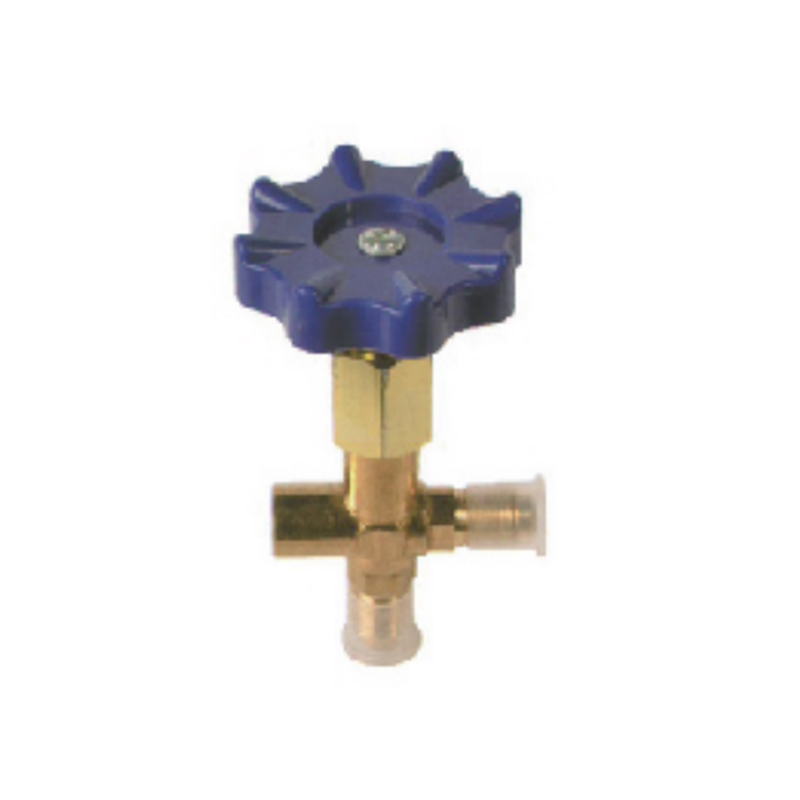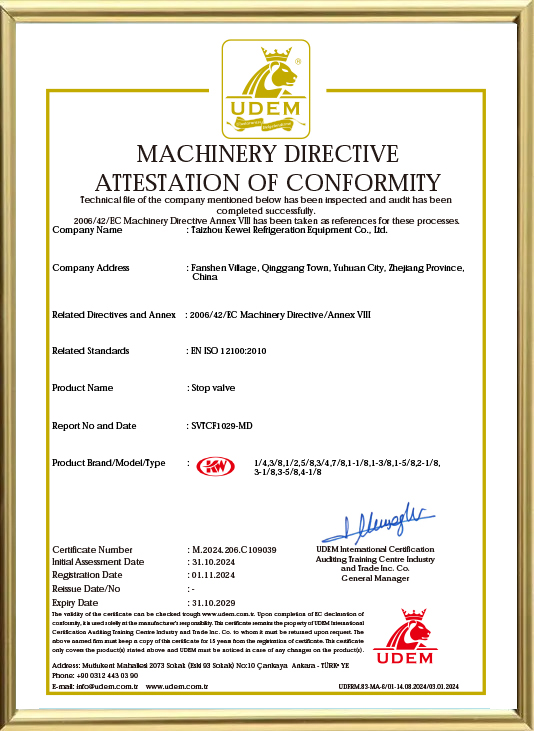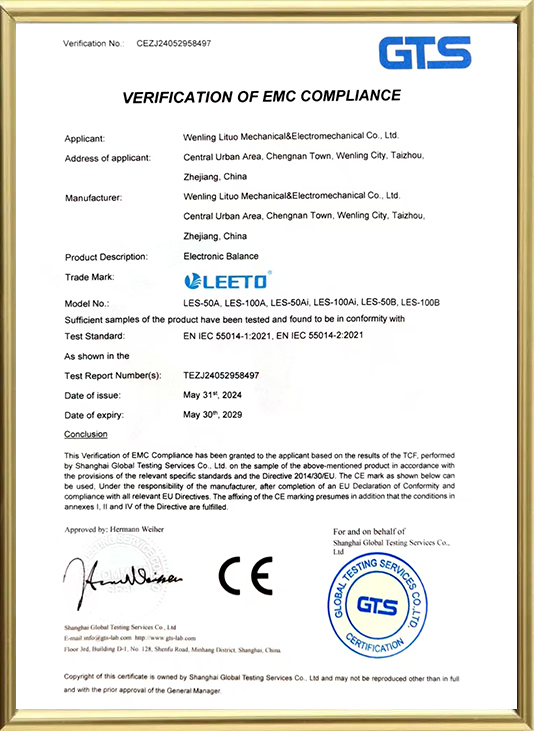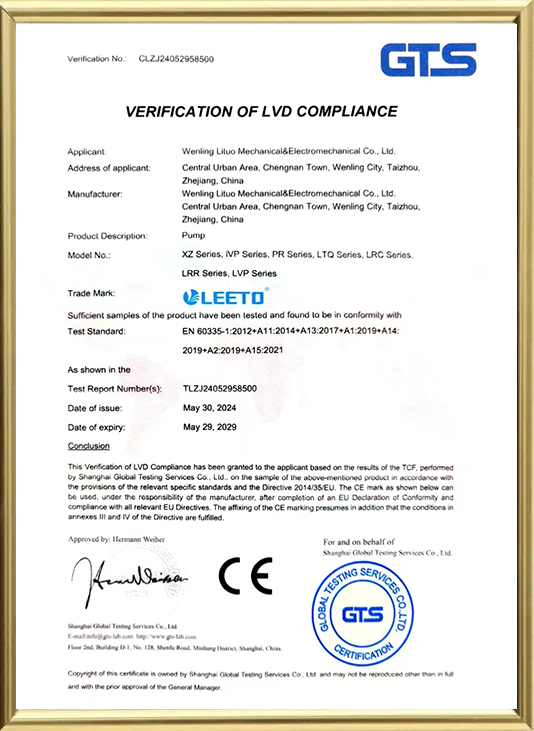In the complex machinery of refrigeration systems, valves are indispensable components that ensure the smooth and efficient flow of refrigerants. Among these, the General Compressor One-Way Stop Valve stands out as a critical piece of equipment designed to prevent backflow and maintain the proper direction of refrigerant flow within the system. This valve is engineered to enhance the performance and longevity of compressors, which are the heart of any refrigeration setup.
1. Function and Importance
The primary function of a one-way stop valve, also known as a check valve or non-return valve, is to allow fluid to flow in one direction while preventing backflow. In the context of refrigeration systems, this means that the valve permits the refrigerant to move from the compressor to the condenser and then to the evaporator, but it stops the refrigerant from flowing back into the compressor once it has been compressed. This prevents damage to the compressor and ensures that the system operates at peak efficiency.
2. Design and Construction
General Compressor One-Way Stop Valves are constructed from durable brass to withstand the pressures and temperatures encountered in refrigeration systems. The design of these valves often includes a spring-loaded ball or a flap that opens to allow flow in the correct direction and closes to prevent backflow. The precision engineering ensures a tight seal, even under varying pressure conditions.
3. Applications
Residential and Commercial Air Conditioning: In AC systems, the one-way stop valve prevents the backflow of refrigerant, which could lead to compressor damage and reduced cooling efficiency.
Industrial Refrigeration: In large-scale industrial processes, these valves are crucial for maintaining the flow of refrigerants in cooling towers and chillers.
Automotive Air Conditioning: Car AC systems rely on these valves to protect the compressor from damage due to backflow.
Heat Pumps: In heat pump systems, the one-way stop valve ensures that the refrigerant flows in the correct direction, either for heating or cooling.
4. Benefits
Enhanced Compressor Protection: By preventing backflow, these valves protect the compressor from potential damage, which can be costly to repair or replace.
Improved System Efficiency: A valve that ensures proper flow direction contributes to the overall efficiency of the refrigeration system, reducing energy consumption and operational costs.
Longevity: Durably constructed valves can withstand the rigors of continuous operation, thus a longer service life and reduced maintenance needs.
Safety: By maintaining the correct flow of refrigerants, these valves help to prevent leaks and system failures, which can be hazardous.
5. Installation and Maintenance
Proper installation of the General Compressor One-Way Stop Valve is crucial for its good performance. It should be installed in the correct orientation, with the arrow on the valve body pointing in the direction of flow. Regular maintenance checks should be performed to ensure the valve is functioning correctly, with particular attention to the seal and the spring mechanism.
The General Compressor One-Way Stop Valve for Refrigeration is a vital component in the safe and efficient operation of refrigeration systems. Its ability to prevent backflow and maintain the correct direction of refrigerant flow is essential for protecting compressors and ensuring that the system operates at peak efficiency. By choosing a high-quality, durable valve, system operators can reduce the risk of damage, improve energy efficiency, and extend the life of their refrigeration equipment.




 English
English русский
русский Deutsch
Deutsch
